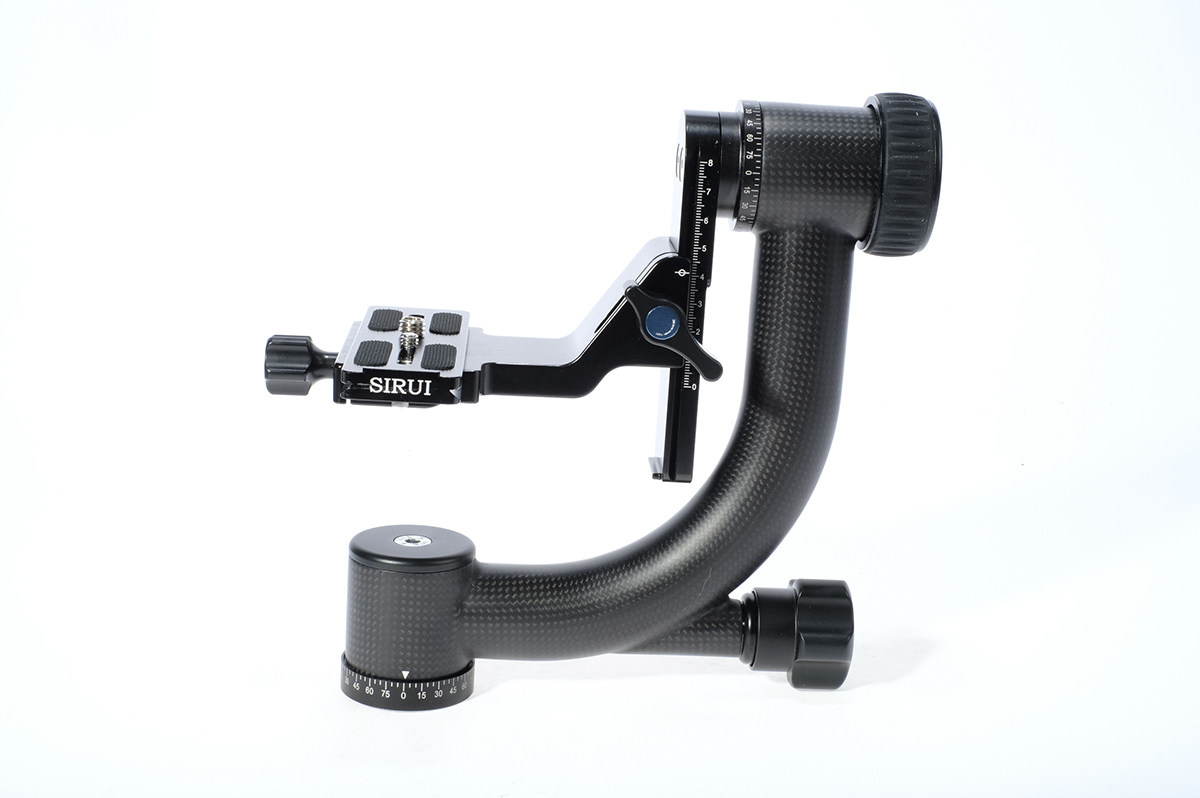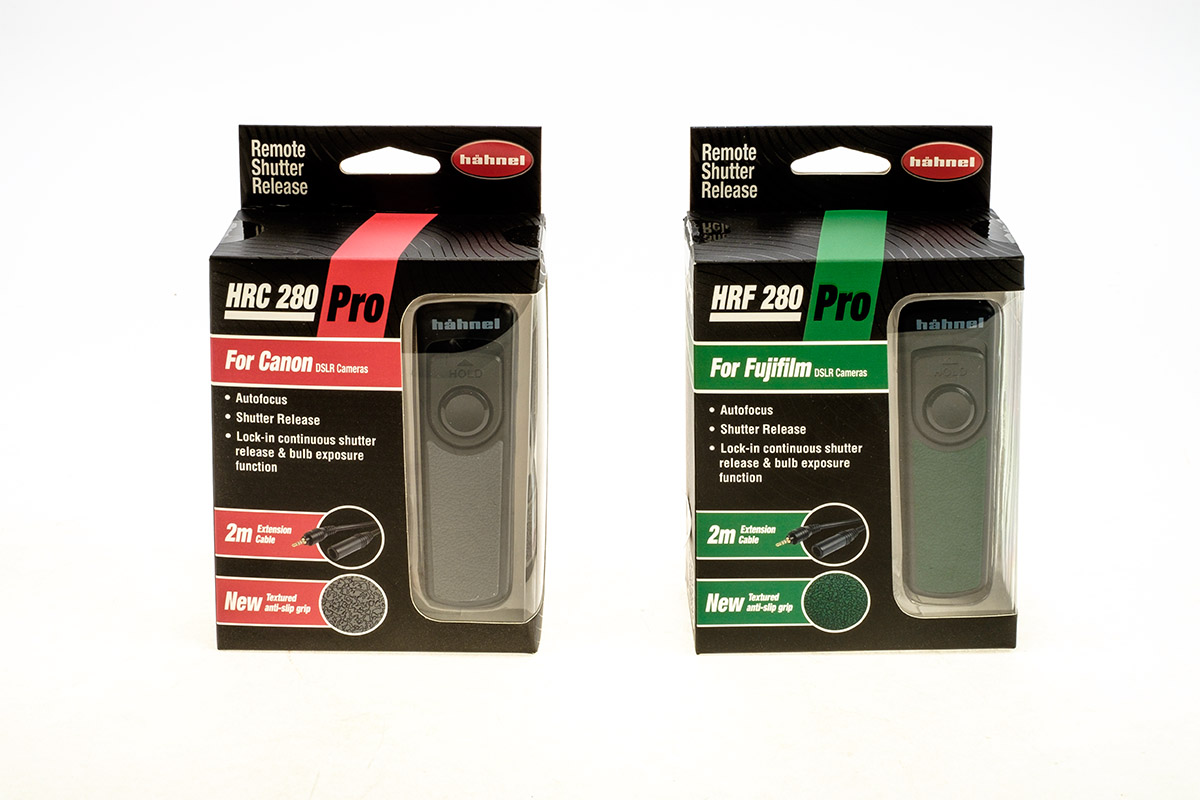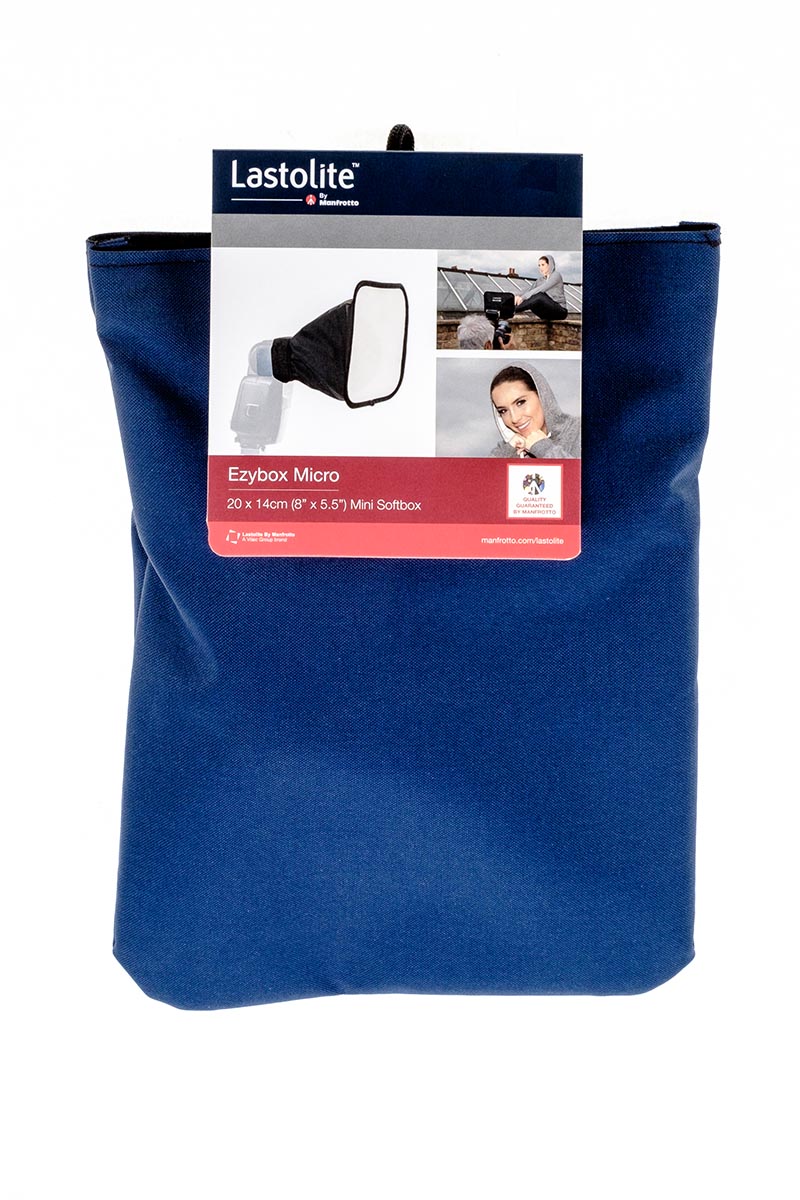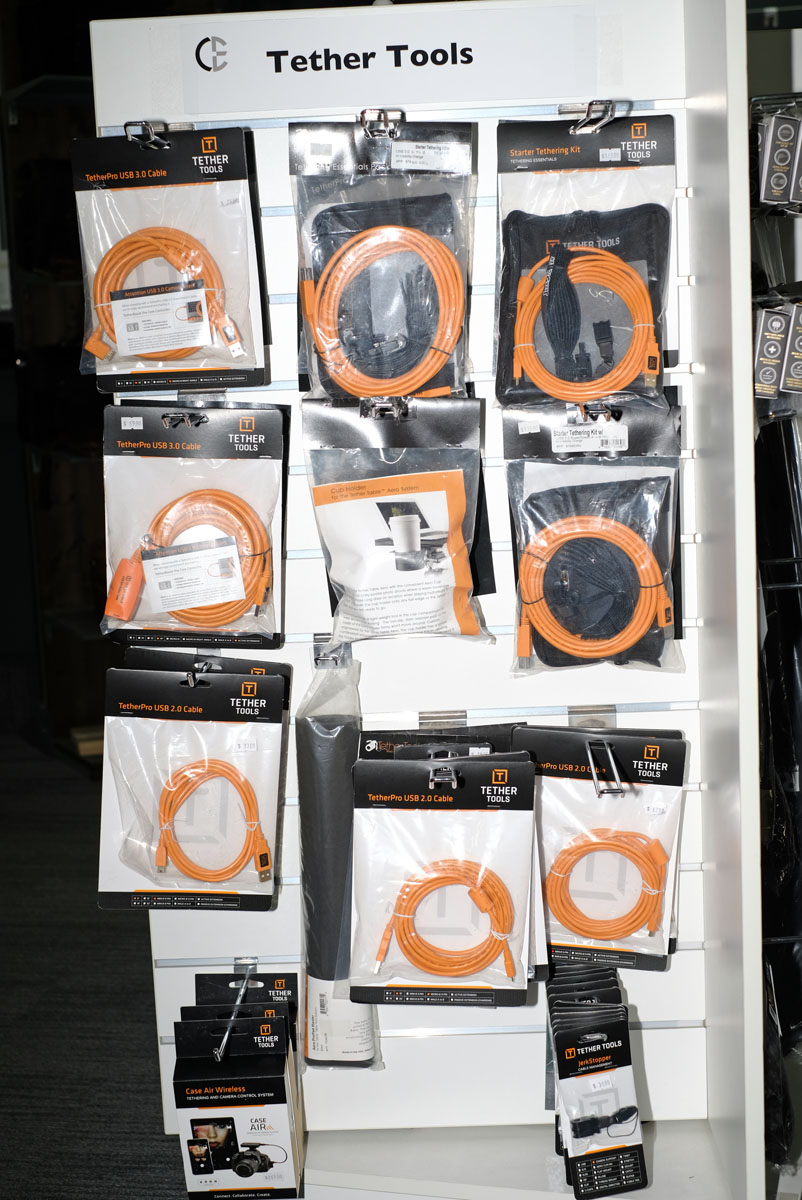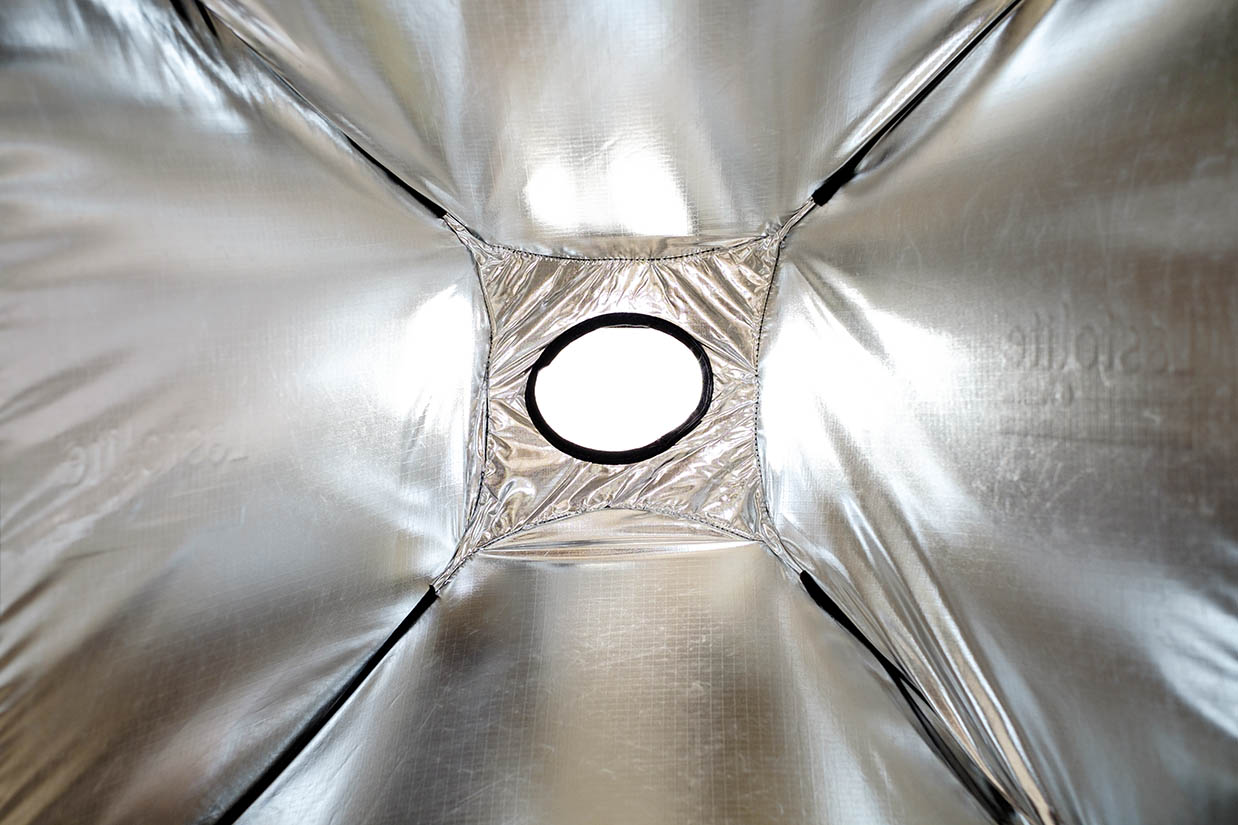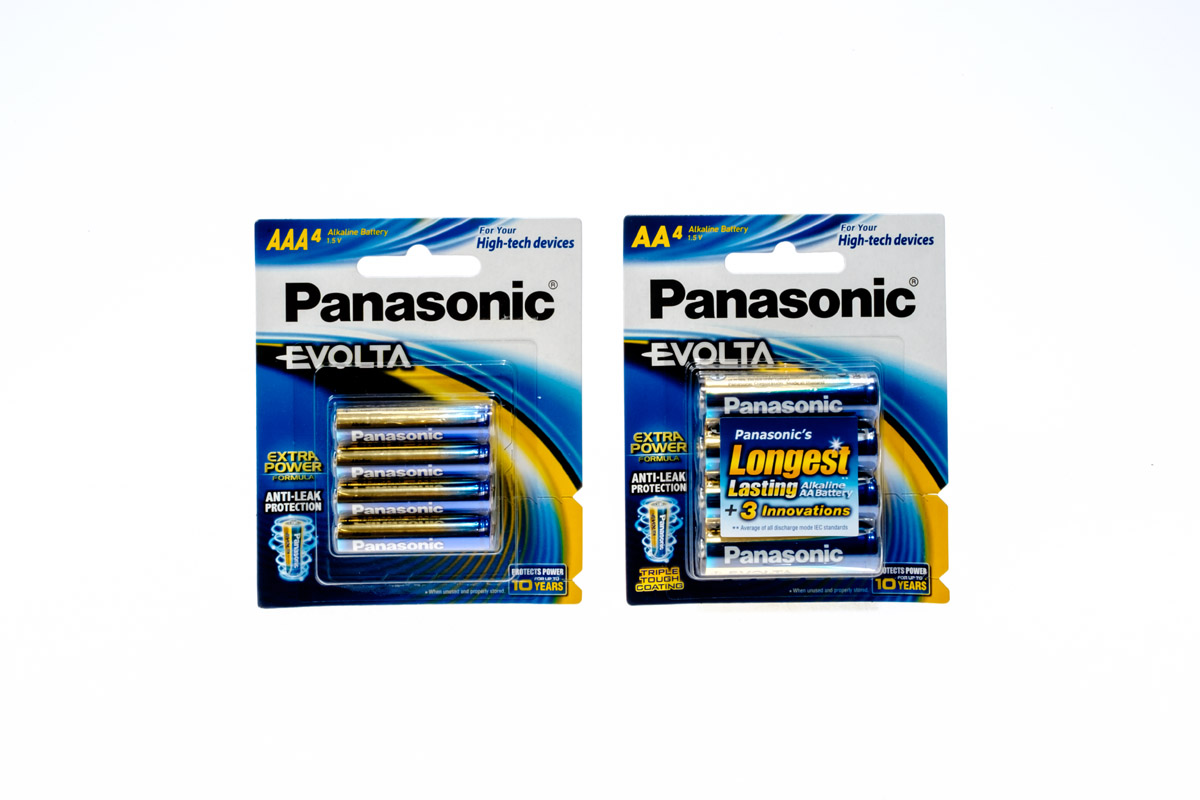15 Nov The No-Gamble Gimbal
We've been selling Wimberley heads for years in various forms. When I started working for the shop a decade ago there was a stack of Indian-made castings in the store-room that were intended for use as long-lens gimbals. The quality was on the high agricultural...



